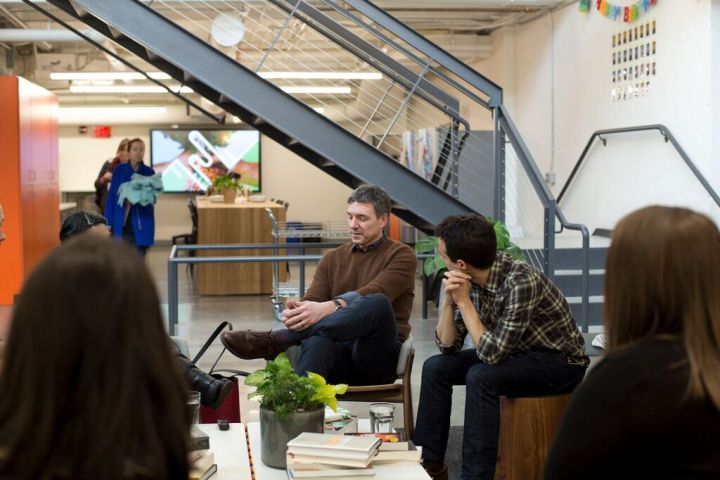In keeping with our discussion of whether the law provides roadblocks, or a safety net, for entrepreneurs, this article adds an additional layer of interest: whether licensure requirements specifically are helpful or harmful to entrepreneurs. Wisconsin has found that licensure requirements may be negatively affecting entrepreneurship and growth.
The article states: “Wisconsin’s below-average startup numbers may be dragged down by a number of factors, and excessive licensing is one of them. The state should seize on the opportunity to begin tearing down unnecessary fences to entrepreneurism.”
Notably, as well, the article states that “these barriers often go unnoticed until the entrepreneur runs up against them.”
Ultimately, the article notes that a reduction in licensure “encourages the free flow of talent and [] lowers barriers to entry into the startup economy.” This may be an area to continue to watch in the future, to determine whether “a proposal by Wisconsin Gov. Scott Walker to create commissions to scrutinize proposed and existing occupational licenses” gains traction, and whether other states follow suit.

